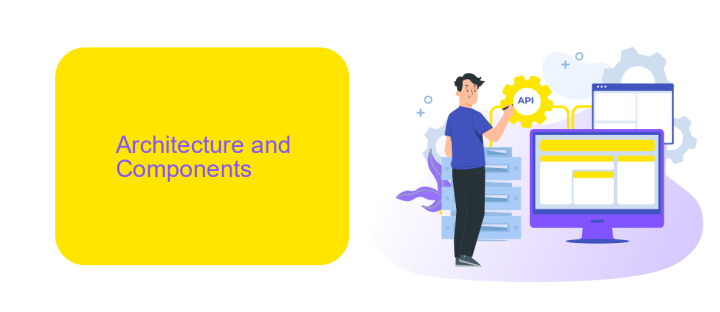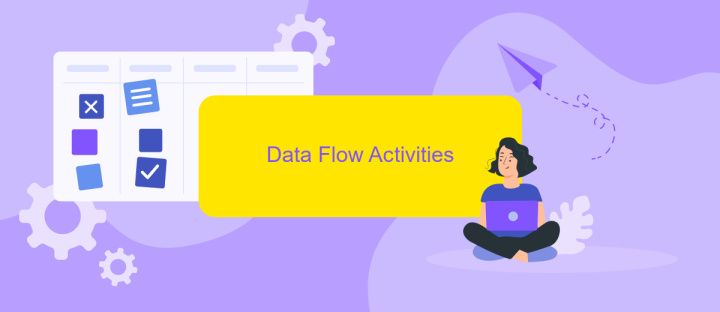What is Data Flow in Azure Data Factory
Data Flow in Azure Data Factory is a powerful feature that enables data engineers to design, build, and manage complex data transformations at scale. By leveraging a visual interface, users can create data transformation logic without writing code, making it easier to process and integrate large volumes of data from various sources. This article explores the key components and benefits of Data Flow in Azure Data Factory.
Introduction
Azure Data Factory (ADF) is a powerful cloud-based data integration service that allows users to create, schedule, and orchestrate data workflows. It enables seamless data movement and transformation across various data stores and computing services. One of the key components of ADF is the data flow, which provides a visual interface to design and manage complex data transformations.
- Seamless data integration across multiple sources
- Visual data transformation with no-code and low-code options
- Scalability and performance optimization
By leveraging data flows in Azure Data Factory, businesses can streamline their data processing pipelines and ensure data consistency and accuracy. Additionally, integrating with services like ApiX-Drive can further enhance the automation and integration capabilities, making it easier to connect various applications and services without extensive coding. This combination of tools ensures that data workflows are efficient, reliable, and scalable.
Architecture and Components

Azure Data Factory (ADF) is a cloud-based data integration service that enables the creation, scheduling, and orchestration of data workflows. The architecture of ADF is designed to facilitate the movement and transformation of data from various sources to designated destinations. Central to this architecture is the concept of data pipelines, which are composed of activities that define the steps to move and transform data. These pipelines can be triggered manually, on a schedule, or based on specific events.
The key components of Azure Data Factory include linked services, datasets, activities, and triggers. Linked services define the connection to data sources and destinations, while datasets represent the data structures within these sources. Activities within a pipeline perform actions such as data movement, transformation, and control flow. Triggers initiate the execution of pipelines based on predefined conditions. For enhanced integration capabilities, services like ApiX-Drive can be used to automate data transfer between ADF and various third-party applications, ensuring seamless data flow and synchronization.
Data Flow Activities

Data Flow Activities in Azure Data Factory enable users to transform and process data efficiently. These activities are essential for orchestrating data movement and transformation across various sources and destinations in a streamlined manner.
- Mapping Data Flow: This activity allows users to design and implement complex data transformations using a visual interface. It supports various transformations like joins, aggregations, and data cleansing.
- Wrangling Data Flow: This activity is designed for data preparation tasks. It enables users to clean and shape their data interactively before moving it to the destination.
- Execute Pipeline: This activity allows the execution of other pipelines within a data flow, promoting reusability and modularity in data processing workflows.
Integrating these activities with external services like ApiX-Drive can further enhance data workflows by automating data transfers and integrations between different systems. ApiX-Drive simplifies the process of connecting various applications, ensuring seamless data flow and reducing manual intervention. This integration can significantly improve the efficiency and reliability of data operations in Azure Data Factory.
Transformations and Aggregations

In Azure Data Factory, transformations and aggregations play a crucial role in data processing workflows. Transformations allow you to modify and manipulate data to fit your specific needs, including filtering, mapping, and altering data formats. Aggregations, on the other hand, enable you to summarize and combine data, providing valuable insights and reducing data volume for analysis.
Data transformations in Azure Data Factory are achieved through data flow activities, which offer a variety of built-in transformation functions. These functions can be configured through a user-friendly interface, making it easy to customize data processing logic without extensive coding knowledge.
- Filter: Exclude unnecessary data based on specific conditions.
- Map: Transform data from one format to another.
- Aggregate: Summarize data using functions like sum, average, and count.
- Join: Combine data from multiple sources based on common keys.
- Sort: Arrange data in a specific order for better analysis.
For seamless integration and automation of data flows, services like ApiX-Drive can be utilized. ApiX-Drive simplifies the process of connecting various data sources and automating data transfer, ensuring that your data pipelines in Azure Data Factory run smoothly and efficiently.
Best Practices and Considerations
When designing data flows in Azure Data Factory, it's crucial to follow best practices to ensure efficiency and reliability. Start by defining clear objectives and requirements for your data transformation processes. Use descriptive names for data flows, datasets, and linked services to make them easily identifiable. Leverage parameterization to create reusable and scalable data flows, reducing the need for hardcoding values. Monitor performance metrics regularly to identify bottlenecks and optimize the data flow accordingly.
Consider using integration services like ApiX-Drive to streamline data integration across various platforms. ApiX-Drive can automate data transfers and transformations, reducing manual intervention and potential errors. Ensure that you implement robust error handling and logging mechanisms to quickly troubleshoot and resolve issues. Additionally, maintain proper documentation for your data flows and transformations to facilitate easier maintenance and updates. By following these best practices, you can maximize the effectiveness of your data flows in Azure Data Factory.
- Automate the work of an online store or landing
- Empower through integration
- Don't spend money on programmers and integrators
- Save time by automating routine tasks
FAQ
What is a Data Flow in Azure Data Factory?
How do you create a Data Flow in Azure Data Factory?
Can I automate Data Flow executions in Azure Data Factory?
What types of transformations can I perform with Data Flows?
How do I integrate Data Flows with other systems?
Apix-Drive will help optimize business processes, save you from a lot of routine tasks and unnecessary costs for automation, attracting additional specialists. Try setting up a free test connection with ApiX-Drive and see for yourself. Now you have to think about where to invest the freed time and money!


